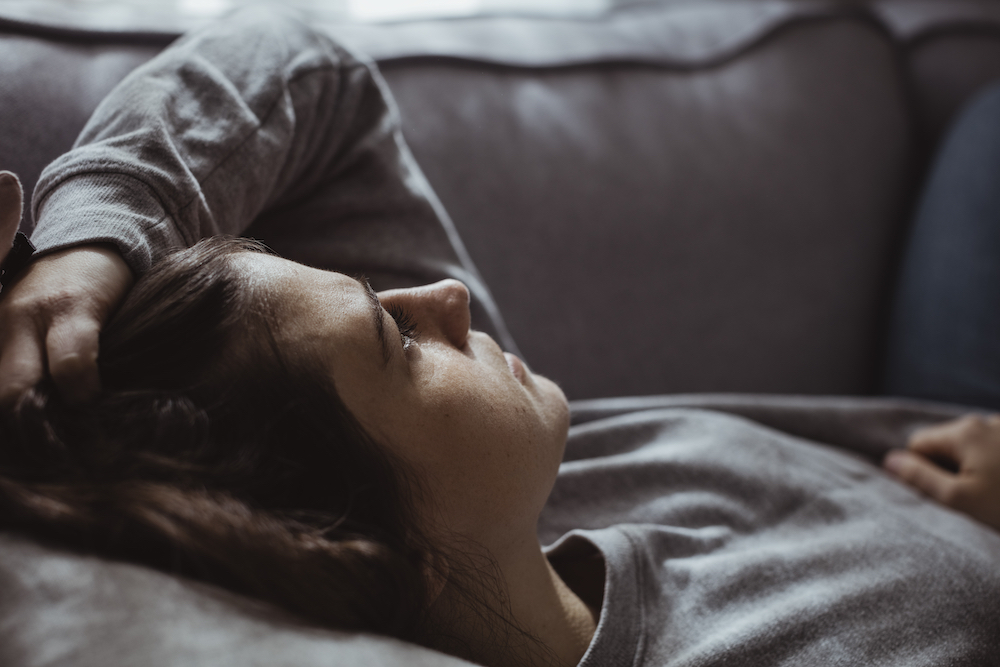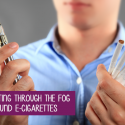Understanding naloxone

Using this lifesaving treatment to reverse an opioid overdose
Naloxone (also known by its brand name Narcan) is a medication that can reverse an overdose from opioids including heroin, fentanyl, and prescription opioid medications. Naloxone is safe, readily available, non-addictive, light to carry, requires no medical training or authorization, and is easy to use. Anyone can get naloxone. Pharmacies have “standing orders” for naloxone, which allows pharmacists to dispense naloxone to anyone without an individual prescription from a medical provider. [1]
What are opioids?
Opioids are a type of medication used to treat pain. They can be made naturally from the poppy plant (like opium, morphine, or codeine), made synthetically in a lab (like fentanyl or methadone) or using a combination of both. Opioids are also made and sold illicitly (like heroin). When used correctly, opioids provide relief to those suffering from pain related to an accident, injury, or disease. When misused, opioids devastate lives with dependence, addiction, overdose, and death. [1]
According to the Centers for Disease Control and Prevention (CDC), more than 107,000 Americans died of an unintentional overdose in 2021. [1] This number represents a more than 30 percent rise compared to 2019. [2] The rise in overdoses is not just limited to adults. Adolescent overdose deaths have doubled from 2010 to 2020 and rose another 20 percent in 2021. [3] In nearly 40 percent of overdose deaths, someone else was present. [4] This suggests that a bystander with the right knowledge and tools has an opportunity to save a life.
Accessing naloxone
Naloxone may be covered by insurance, or may be accessed via community programs for a low cost or no cost. Naloxone will not reverse overdose resulting from nonopioid drugs like cocaine, benzodiazepines (“benzos”), or alcohol. [1] However, naloxone is safe and will not harm a victim of a nonopioid overdose or an overdose caused by a mixture of drugs. That’s why it is always best to use it if in doubt. Everyone should carry naloxone.
How to recognize an opioid overdose
An overdose can happen to anyone of any age who uses opioids. It does not only happen to those who use heroin and other illicit substances mixed with fentanyl. An overdose can happen if someone forgets that they took pain medications and takes them again. Pharmacists, medical providers, or local and online trainings can offer instruction on giving naloxone. To learn more about overdose response, trainings are often available through local agencies or your county health department. [1]
Signs of overdose:
- Small, constricted “pinpoint pupils”
- Falling asleep or losing consciousness
- Slow, weak, or no breathing
- Choking or gurgling sounds
- Limp body
- Cold and/or clammy skin
- Bluish or purplish lips or nails
If you suspect someone is experiencing an overdose:
- Call 911 Immediately.
- Administer naloxone, if available.
- Try to keep the person awake and breathing.
- Lay the person on their side to prevent choking.
- Stay with the person until emergency help arrives or at least four hours after giving naloxone.
Accessing care
You can make a difference in the ongoing opioid epidemic by learning about naloxone, equipping yourself with it, and spreading the word.
For those struggling with substance use, recovery is possible. Don’t wait to get started. Look for information on your state or local health department’s website or talk with your health care provider for treatment and referral services available in your area.
UPMC Health Plan can support you or a loved one on the journey to better your mental and behavioral health.
To learn more about our coverage and resources, visit these webpages:
- upmchealthplan.com/members/condition-support/behavioral-health.aspx
- upmchealthplan.com/members/condition-support/substance-misuse-and-addiction.aspx
Sources
1 Centers for Disease Control and Prevention, Provisional drug overdose counts. National Center for Health Statistics. Updated June 5, 2022. Accessed June 20, 2022. cdc.gov/nchs/nvss/nsvr/drug-overdose-data-htm
2 Ibid.
3 Friedman J, Godvin M, Shover CL, et al. Trends in drug overdose deaths among US adolescents, January 2010 to June 2021. JAMA 2022; 327(14): 1398-1400. doi:10.1001/jama2022 2847.jamanetwork.com/journals/jama/article-abstract/2790949.
4 O’Donnell J, Gladden RM, Mattson CL, et al. Vital Signs: Characteristics of Drug Overdose Deaths Involving Opioids and Stimulants — 24 States and the District of Columbia, January–June 2019. MMWR Morb Mortal Wkly Rep 2020; 69:1 in drug 189–1197. dx.doi.org/10.15585/mmwr.mm6935a1external icon).



